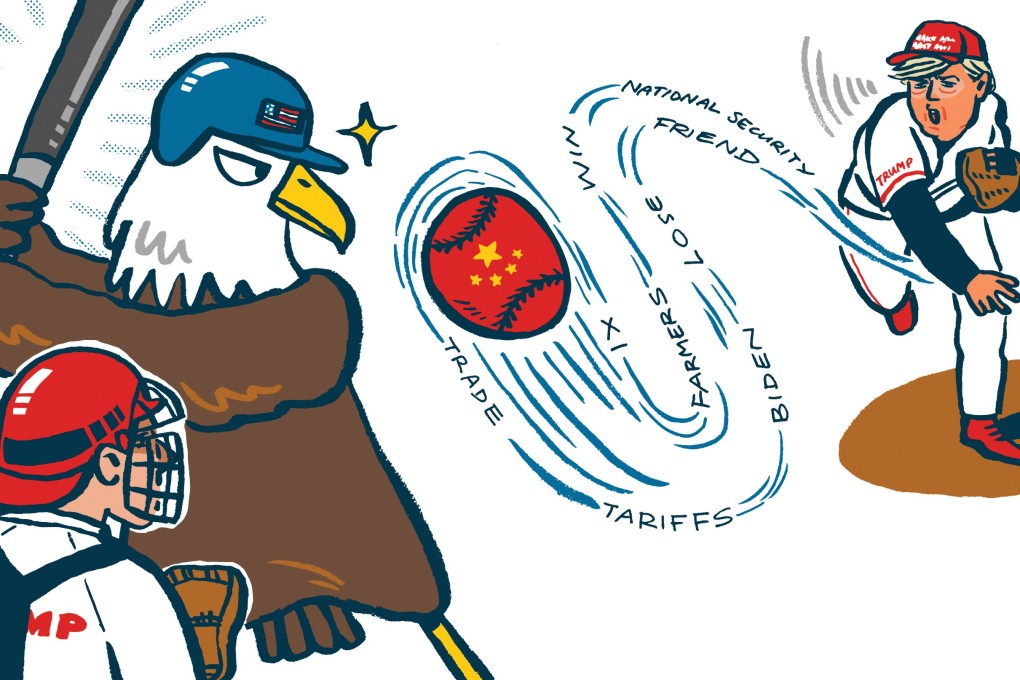Advertisement
Opinion | China will be a key plank in Trump’s re-election platform. Will the Democrats try to beat him at his own game?
- A survey of the Trump Twitter Archives reveals just how unsound and economically ignorant the US president’s China pitch is. Yet, many US voters buy it. In the coming election, candidates will have to outdo him or try something different
Reading Time:4 minutes
Why you can trust SCMP

US President Donald Trump has a politically powerful pitch on China that makes sense to many American voters. This narrative guarantees mounting conflict with Beijing, triggering every negative reflex there.
For the 2020 general election in the United States, the Democratic Party and individual candidates must decide whether to try to outdo Trump or develop a more productive approach. But what exactly is Trump’s pitch?
To address this issue, I sifted through the Trump Twitter Archive (www.trumptwitterarchive.com) using the keyword “China”. Although tweets are not an exhaustive source on the Trump administration’s thinking, decisions or actions, they open a real-time window on the mind of a leader who thinks he is the “decider”.
Advertisement
Trump cuts formal bureaucracies out of decision-making whenever possible. What do his tweets reveal about his framework, the signals he sends to Beijing, and how he plans to use his China pitch in the 2020 campaign?
First, what words does Trump use most and least often in his China-related tweets? Of great significance are words entirely absent: “human rights”, “democracy”, “Taiwan”, “One-China policy”, “education”, “middle class” and “diplomacy”. Further, there is virtually no favourable mention of foreign-policy-relevant members of his own cabinet.
Advertisement
By way of contrast, much more frequently used words are: “trade” (111 mentions), “Xi” Jinping (76), “tariffs” (75), “farmers” (40), “Biden” (22), “win” (21), “lose” (10) and “friend” (11).
Advertisement
Select Voice
Choose your listening speed
Get through articles 2x faster
1.25x
250 WPM
Slow
Average
Fast
1.25x
